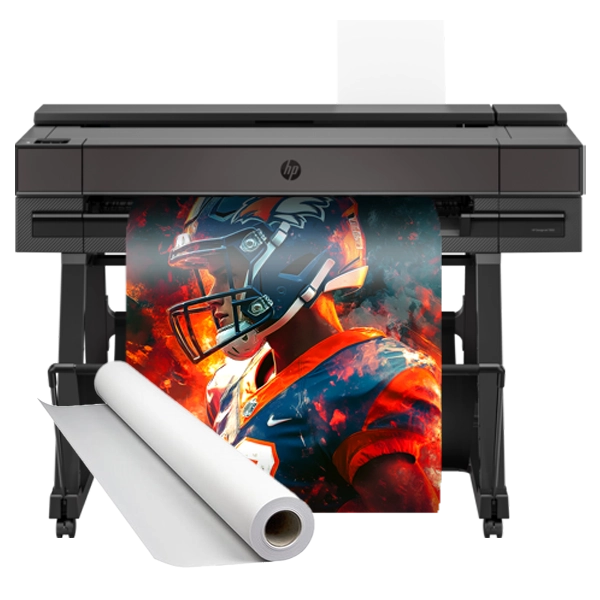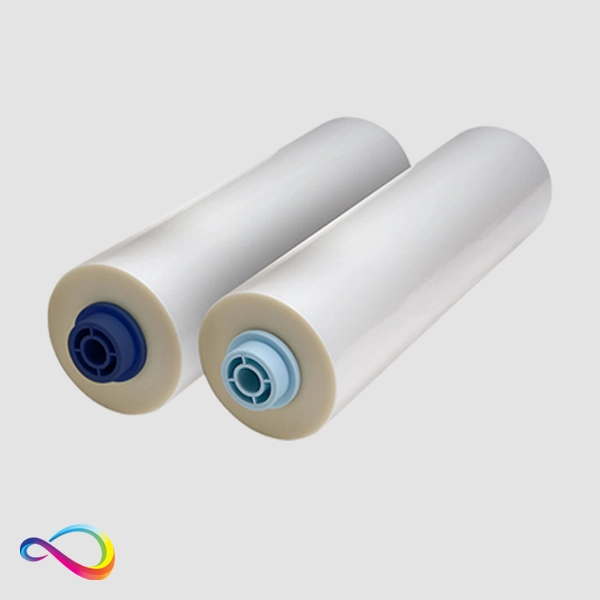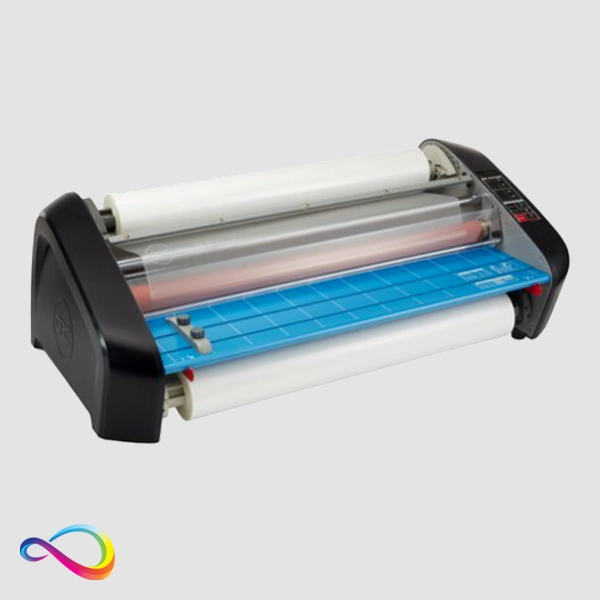Enhancing Learning with Printable Rubrics
The Power of Printable Rubrics in the Classroom
Printable rubrics are transforming the educational landscape by enhancing how educators assess and communicate expectations to their students. By providing a clear and tangible framework, these tools help students understand exactly what is required to achieve academic success. Not only are printable rubrics easy to produce, but they also promote transparency in the learning process. With a physical guide at hand, students can refer to the rubric throughout their assignments, ensuring they stay focused and aligned with the learning objectives. Whether distributed digitally or handed out in print, printable rubrics foster an environment where expectations are clear, empowering students to take charge of their learning.
Understanding Rubrics: A Fundamental Assessment Tool
Rubrics are essential scoring guides used to evaluate student performance based on specific criteria and standards. By breaking down assignments into individual components and assigning levels of achievement for each aspect, rubrics offer detailed feedback that goes beyond traditional grading. This method promotes learning and improvement, allowing teachers to assess complex tasks in a structured and consistent manner, ensuring fairness in evaluation.
Why Make Rubrics Printable?
While digital rubrics offer convenience, printable rubrics present unique advantages. A printed rubric allows students to physically interact with the assessment criteria—they can highlight, annotate, and make notes directly on the document as they work through assignments. This hands-on approach deepens understanding and engagement. Moreover, printable versions are accessible to all students, including those without reliable access to digital devices or the internet outside of school. By providing a physical copy, teachers ensure every student has equal access to the tools they need to succeed.
The Role of Printable Rubrics in Enhancing Communication
Effective communication between teachers and students is vital for academic success. Printable rubrics serve as a bridge, conveying expectations clearly and concisely. By outlining precisely what is required for each level of performance, they eliminate ambiguity, helping students focus their efforts efficiently and reducing the need for constant clarification. Additionally, parents benefit from printable rubrics by understanding the criteria on which their children are assessed, fostering better support at home.
Benefits of Printable Rubrics for Students
Providing Clarity and Direction
One of the most significant benefits of printable rubrics is the clarity they provide. By outlining specific criteria and performance levels, students know exactly what is expected of them. This transparency reduces confusion and anxiety associated with assignments. Students can approach their work with confidence, knowing they have a clear roadmap to follow. Being able to refer back to a printed rubric at any time ensures they stay aligned with the assignment requirements throughout the process.
Encouraging Self-Regulated Learning
Printable rubrics empower students to become self-regulated learners. By comparing their work against the criteria, students can self-assess and identify areas for improvement before submitting their assignments. This reflective practice fosters critical thinking and self-awareness. Students learn to take ownership of their learning, setting personal goals and striving to meet or exceed the outlined standards.
Enhancing Engagement and Motivation
When students understand the expectations and see a clear path to success, their engagement and motivation increase. Printable rubrics make learning targets more tangible, helping students stay focused and invested in their work. The satisfaction of meeting or surpassing the criteria can boost self-esteem and encourage a positive attitude toward learning. Moreover, the physical presence of a printed rubric serves as a constant reminder of their goals, keeping them motivated throughout the assignment.
Facilitating Peer Collaboration
Printable rubrics can also facilitate peer collaboration. Students can use the rubric to provide constructive feedback to their classmates during group projects or peer review sessions. This collaborative approach not only enhances understanding of the criteria but also develops communication and teamwork skills. By engaging with the rubric collectively, students can support each other in meeting the learning objectives.
Supporting Diverse Learning Needs
Every classroom comprises students with varying abilities and learning styles. Printable rubrics cater to this diversity by providing a consistent framework that all students can follow. For visual learners, the structured layout of a rubric aids in comprehension. Students with organizational challenges benefit from the clear breakdown of tasks and expectations. By offering a printed version, teachers ensure that students who may struggle with digital interfaces still have full access to the necessary resources.
Educational Impact of Printable Rubrics
Improving Learning Outcomes
The use of printable rubrics has been linked to improved learning outcomes. By providing detailed feedback and clear expectations, rubrics help students focus on key aspects of their assignments. This targeted approach enables more effective learning and skill development. Students can track their progress over time, recognize patterns in their performance, and make adjustments to improve future work.
Promoting Transparency and Fairness in Assessment
Printable rubrics promote transparency in the assessment process. When students understand how their work will be evaluated, they perceive the grading process as fair and objective. This perception enhances trust between students and teachers, fostering a more positive learning environment. Additionally, rubrics help minimize biases in grading by providing a standardized set of criteria for all students.
Facilitating Effective Feedback
Feedback is a critical component of the learning process. Printable rubrics enable teachers to provide specific, actionable feedback aligned with the established criteria. Rather than offering generic comments, teachers can point to particular areas of the rubric where the student met or did not meet expectations. This specificity helps students understand exactly what they need to improve and how to do so.
Enhancing Curriculum Alignment
By aligning rubrics with curriculum standards and learning objectives, teachers ensure that assessments are directly connected to desired educational outcomes. Printable rubrics serve as a roadmap for curriculum implementation, guiding both instruction and assessment. This alignment helps maintain consistency across different classes and grade levels, supporting a cohesive educational experience.
Supporting Parental Involvement
Printable rubrics can also engage parents in their children’s education. When parents have access to the rubrics used for assessment, they can better understand the academic expectations and provide support at home. This involvement strengthens the home-school connection, contributing to a more supportive learning environment for students.
Creating Effective Printable Rubrics
Start with Clear Learning Objectives
The foundation of any effective rubric is a clear understanding of the learning objectives. These objectives define what students should know or be able to do by the end of the assignment. By starting with these goals, teachers can ensure that the rubric criteria are directly aligned with the desired outcomes.
Identify Specific Criteria
Break down the assignment into specific criteria that reflect the essential components of the task. Each criterion should represent a key aspect of the assignment, such as understanding of content, application of skills, organization, creativity, or adherence to guidelines. Specific criteria make the rubric more precise and easier for students to understand.
Define Performance Levels
For each criterion, define clear performance levels. Typically, rubrics include a scale (e.g., 1–4 or “Excellent” to “Needs Improvement”) that describes varying degrees of achievement. Provide detailed descriptors for each level to illustrate exactly what is expected. This clarity helps students see the differences between performance levels and understand how to improve.
Use Student-Friendly Language
The language used in the rubric should be accessible to students. Avoid technical terms or educational jargon that might confuse them. Instead, use straightforward language and examples when necessary. This approach ensures that all students, regardless of their proficiency levels, can understand the expectations.
Design for Readability and Accessibility
An effective printable rubric should be easy to read and navigate. Use a clean layout with clear headings, consistent formatting, and appropriate spacing. Choose fonts and font sizes that are legible, and consider the needs of students with visual impairments or reading difficulties. Adding visual elements like tables or charts can enhance readability without cluttering the page.
Incorporate Student Input
Involving students in the rubric creation process can increase their engagement and ownership of their learning. Consider holding a class discussion to generate ideas for criteria or performance descriptors. This collaboration can also provide insights into what students find challenging or important, allowing teachers to tailor the rubric more effectively.
Test and Revise the Rubric
Before using the rubric for assessment, test it on sample assignments to ensure it works as intended. Look for any ambiguities or overlap between criteria and make revisions as necessary. Gathering feedback from colleagues or students can also help refine the rubric. A well-crafted rubric is an evolving tool that can be improved over time.
Provide the Rubric Before Assigning the Task
To maximize the benefits of printable rubrics, provide them to students before they begin the assignment. This practice ensures that students are aware of the expectations from the start and can use the rubric as a guide throughout their work. Encourage students to refer to the rubric regularly and use it as a self-assessment tool.
The Essential Role of School Printers in Delivering Printable Rubrics
Importance of School Printers for Printable Rubrics
In today’s educational landscape, printable rubrics have become indispensable tools for both teachers and students. However, the unsung heroes facilitating this accessibility are school printers. Without reliable printers, providing high-quality printable rubrics would be a significant challenge. The presence of robust printers in schools ensures that educators can effortlessly distribute these essential assessment tools, thereby enhancing the learning experience.
Enhancing Accessibility Through Readily Available Printers
Accessibility is a crucial factor in education. With readily available printers, teachers can swiftly produce printable rubrics, ensuring every student receives the guidance they need. This immediate access supports diverse learning styles and helps students understand exactly what is expected of them. Furthermore, when students have physical copies of rubrics, they can refer to them at any time, even without internet access—a benefit particularly valuable in areas with limited digital connectivity.
Tips for Efficient Printing of Printable Rubrics
Efficient printing of printable rubrics not only saves time but also conserves resources. Here are some practical tips to help you get the most out of your school’s printers:
- Paper Selection: Choose the right type of paper. For rubrics that will be used frequently, consider heavier paper stock for durability. Recycled paper is also an eco-friendly option.
- Print Settings: Adjust your print settings to optimize quality and save ink. For text-heavy rubrics, printing in draft mode can conserve ink without compromising readability.
- Organizing Print Jobs: Batch your printing tasks. Printing multiple documents in one go reduces printer warm-up times and increases efficiency.
Additionally, consider using printers that support duplex printing to save paper. Some advanced printers even allow you to set up templates for printable rubrics, streamlining the printing process further.
Overcoming Common Printing Challenges
Even with the best equipment, printing challenges can arise. Here are some common issues and how to address them:
- Printer Maintenance: Regular maintenance is key. Schedule routine check-ups to clean the printer heads and replace ink cartridges as needed. This practice prevents unexpected breakdowns and ensures consistent quality for your printable rubrics.
- Avoiding Paper Jams: Use the correct paper type and avoid overloading the paper tray. Ensure that the paper is aligned properly to prevent jams.
- Ensuring Consistent Print Quality: Calibrate your printer regularly. Calibration adjusts the printer settings to maintain optimal print quality, which is especially important for detailed rubrics.
Investing in high-quality printers designed for educational settings can mitigate many of these challenges. Printers with user-friendly interfaces and robust build quality can handle the demands of frequent use in schools.
Advanced Printing Solutions for Schools
For schools looking to elevate their printing capabilities, advanced solutions like poster printers can make a significant difference. Not only do they handle standard printable rubrics, but they also allow for the creation of larger, more engaging materials.
Introducing the Campus Pro Poster Maker Series
One such solution is the Campus Pro Poster Maker Series, specifically designed to meet the high-volume, high-quality printing needs of educational institutions.
Campus Pro 36 Poster Maker Essentials Package
The Campus Pro 36 Poster Maker Essentials Package offers a robust printer capable of producing large-format prints. This is ideal for creating oversized printable rubrics that can be displayed in classrooms for quick reference.
Benefits of Advanced Printers in Schools
Advanced printers like the Campus Pro series bring several benefits:
- High-Quality Output: Ensures that every printable rubric is clear and professional.
- Versatility: Allows printing of various materials, including posters, banners, and large-format rubrics.
- Efficiency: Handles large print jobs quickly, which is perfect for schools with significant printing needs.
Printer Accessories to Enhance Durability
To extend the lifespan of your printable rubrics, especially those frequently handled or displayed, consider lamination. Products like the Hot Lamination Rolls work with hot laminators to provide a protective layer over printed materials.
Choosing the Right Printer for Your School
When selecting a printer, consider the specific needs of your school. Factors to keep in mind include:
- Volume of Printing: Higher volume requires a more robust printer.
- Types of Materials: If you plan to print more than just printable rubrics, such as posters or banners, a versatile printer is essential.
- Budget Considerations: While advanced printers have a higher upfront cost, they often save money in the long run through efficiency and durability.
Maximizing the Use of Printable Rubrics
By having the right printing equipment, schools can maximize the use of printable rubrics. This ensures that students always have access to the assessment criteria, which can improve performance and understanding. Moreover, teachers can update and distribute rubrics as needed without worrying about printing logistics.
Conclusion
Printable rubrics are powerful tools that enhance student learning, promote transparency, and support effective communication in education. The role of school printers in delivering these rubrics is essential. By investing in quality printing equipment and following best practices, schools can ensure that both teachers and students reap the full benefits of printable rubrics, ultimately contributing to a more successful and engaging learning environment.




